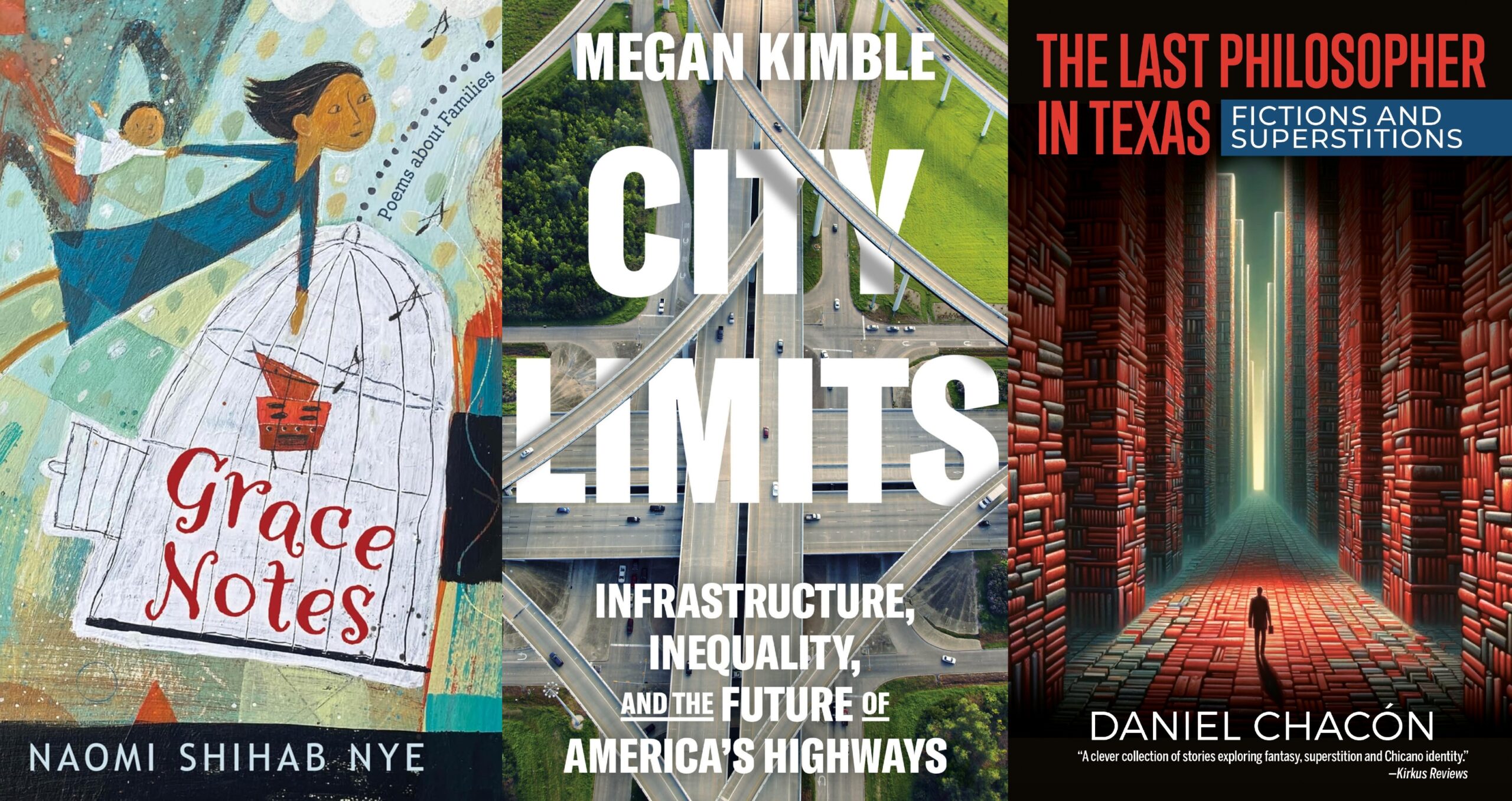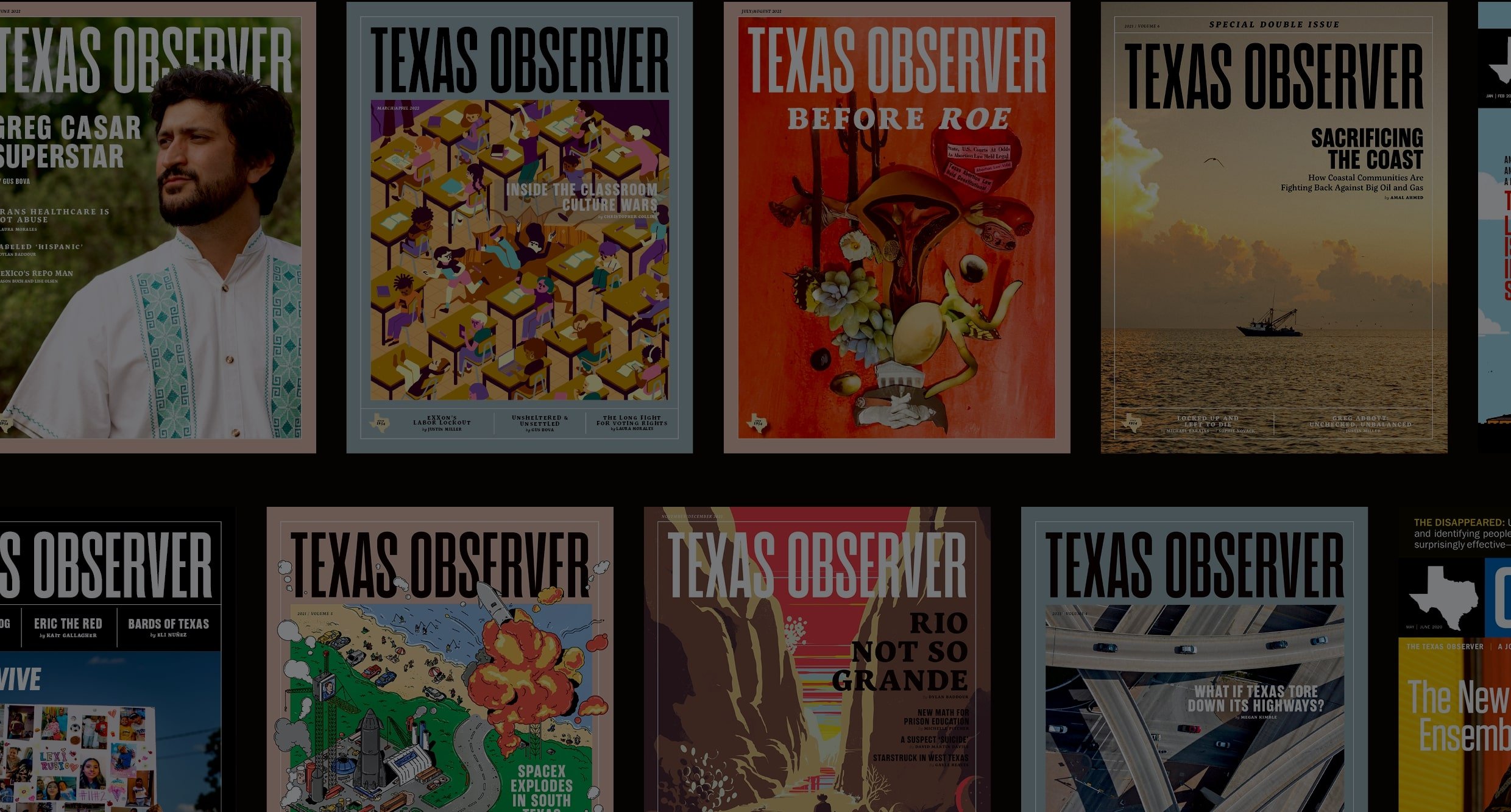More Than a Touch of Class
Review of
People Like Us: Social Class in America
We are a nation of tribes,” says the narrator in the introduction to the ambitious PBS documentary, “People Like Us: Social Class in America,” scheduled to air September 23. Every American “is at least a member of one of them.” We are “defined by what we do, how much we make, and by our opportunities and aspirations….As we move through life,” he goes on, “we separate ourselves from the people who don’t fit into our group.” America, at its core, “is a country split into a thousand different social distinctions.” Call them tribes, groups, or social distinctions, they all remain code words for class. “America,” the narrator continues, “is a country divided by class: the kind of neighborhood you live in, how far you got in school, the type of food you eat, the way you wear your hair.” It’s “everywhere,” and yet, “it’s often hard to see.” It’s hard to see for good reason. Class, as the historian E.P. Thompson explained in The Making of the English Working Class, doesn’t really exist. Instead, it happens.
Andrew Kolker and Louis Alvarez, producers of this illuminating documentary, deserve a substantial amount of credit for disavowing the obligatory race/class/gender juggling act that plagues so many investigations of American social life. By implicitly declaring one element of this trinity more relevant than the others, they frame the intellectual scope of their documentary within achievable parameters. Class, and class alone, definitely “happens” in this compelling film, and the authors, at the very least, show how “in the great game of social class, we are all players.”
“People Like Us” presents a standard documentary pastiche of commentary, narration, “man on the street” interviews, and unscripted segments of daily life. Scenes jump from an academic clad in a suit and tie pontificating on class consciousness, to a seriously pissed off plumber asserting his inveterate disdain for suits and ties, to a clump of high school students from Austin’s Anderson High discussing the nuances between preppies, nerds, and geeks, to the narrator’s somewhat pedantic question, “What class do you fit into?” The technique inevitably leaves the viewer wishing for more of this and less of that, but in general it allows Alvarez and Kolker to traverse a wide spectrum of class expressions in adequate, and at times compelling, detail.
The format could have been better honed. The documentary’s initial segment relies far too heavily on the snide ranting of Joe Queenan, author of Red Lobster, White Trash, and Blue Lagoon. The producers, in an uncharacteristically hollow scene, trail him though a Williams-Sonoma kitchenware store while he free-associates about a double-edged mezzaluna, fancy balsamic vinegar, and a copper roasting pan. At one point, he picks up a large whisk and drops it back into the bin as if it were covered in lice. All that this affected charade boils down to is the obvious point that consumer items, as Queenan tells us, “say a lot about the status you want to project.” What we’re really left wondering though is what exactly Queenan–with his lock-jawed drawl and air of cultural superiority–wants to project.
“People Like Us” succeeds most when observing class in the settings that shape our identity on a daily basis: homes, schools, workplaces, and hangouts. Sitting in his dimly lit study, a 30-something, self-described WASP named Thomas Langhorne Phipps only half-jokingly describes the attributes of his class in the following terms: “We stand better, we talk better, we speak better, we’re smarter, we’re more cultural, we’re nicer, and we’re more attractive.” When he laments that “so much has changed” with respect to “tribal solidarity,” his subtle self-mockery suddenly turns deadly serious as he goes on to describe a society ball that he and his wife had recently attended. “I didn’t want to be snobby,” he says, “but who were these people? There was the most random assortment of people, people who went to a black-tie ball in business suits!” He completes his story by recalling “a really ugly couple, they were short, fat, and ugly,” of whom he desperately needed to know: “How did they get in?” Even if Lang is joking, and his tightly set mouth never tips his hand, such comments fall with a sad, humorless thud.

Sticking to their mantra that class is everywhere, the producers take us across the social spectrum to the annual Redneck Games in East Dublin, Georgia. Here, folks have arrived in cut-off jeans and overalls to participate in competitive endeavors including a spitting contest and bobbing for pigs’ feet. In the foreground of this mayhem stands “L-Bow” Tidwell, a cable installer. The young man who just won the bobbing contest breaks into a piercing rebel yell and jams his short arms into the air. L-Bow, proud of the kid’s accomplishment, turns to the camera and asks, “You heard about being at the bottom of the barrel? Man,” he continues, “lot of these folks here been at the bottom of the barrel and one thing you can bet is that they got friends down there when they get there. And I love ’em all.”
The solidarity of the lower classes, noble as it might seem at the Redneck Games, suffers considerably more tension than that of Lang and his ilk. As one of the documentary’s most affecting segments reveals, the source of this tension can be generational. Whereas WASP children instinctively follow the well-heeled footsteps of their parents into the closest tub of butter, those from the lower ranks strive to get “above their raisin’.” For Matt Heid, a teenager with clear blue eyes, sandy hair, and gnarled teeth, it won’t take much. Matt lives with his mother, Tammy Crabtree, and his younger brother, Bo, in a Waverly, Ohio trailer. The family’s poverty is dire. Tammy, a sweet woman at her wits’ end, cleans toilets at Burger King. A pile of junk festers behind the trailer, the furnace has mysteriously disappeared (“like to know where it went”), and the car needs tires, leaving her to walk 10 miles to work.
Matt is a complex kid who displaces his insecurities about lower-class life onto his struggling mother. “I don’t like to introduce my mom to a lot of people because she don’t fix herself up and that’s more or less what people look at.” He feels the same about the trailer. “I’m embarrassed,” he admits, “and I don’t like all my friends and stuff to know where I live at because they’re like a class up from us and stuff.” It’s tempting to dismiss Matt as a thoughtless brat, but when he starts pulling his academic and athletic awards out of a rusty file cabinet and confesses his aspirations to be an architect or a lawyer, we feel creeping sympathy for this poor kid who is simply trying to do what Langston Phipps never had to: Pull himself up. Matt, his guard down, explains nervously, “I know I ain’t no Harvard material or anything like that,” but, he says, “I’m going to go to college… get a little school goin’ on.” The goal, however, is lost on Tammy. “My son,” she says, “thinks he’s better than me.”
Another sort of tension plagues the black community. Although the producers favor class over race, they don’t ignore the interaction between the two. Class striving, they show, creates an especially thorny dilemma for successful African Americans. Lower-class blacks, according to one professional black woman, “believe that we are like white people, we are uppity.” Middle-class whites, in turn, beleaguer successful blacks with expressions of condescending amazement. “You’re so articulate,”–black professionals are told. “You’re not like the other black folks.” The filmmakers introduce the Jack and Jill program, an elite educational organization described as a “social incubator for the children of high-achieving [black] parents.” They cut to a beauty salon, where a woman laments, “We fought to be invited into the country clubs, then we start our own club and still we have to be invited. That’s where the rage comes from.” Barbara Brannen, a black educator, takes a cool er position. Looking directly into the camera, she says, “We’re just normal people trying to do the same thing you’re trying to do.”
“People Like Us” appropriately ends with an examination of the amniotic fluid of class consciousness: high school. It’s my guess that September 24 will be an interesting day at North Austin’s Anderson High. Throughout the interviews conducted by Alvarez and Kolker, a handful of high schoolers do precisely what we’d expect them to do: Make inarticulate asses of themselves. “I think that dorks are, like, awesome,” says one young woman who’s part of an upper middle-class clique. “I totally respect Bill Gates. You know, seriously, he’s sooo rich.” Another girl, leaning with her friends over a fancy car, discusses the social envy her obvious privilege elicits. “People are jealous,” she acknowledges earnestly, “and I understand. I would be too; it happens to be that I’m lucky. My parents want to treat me to these kinds of things.” Another female member of the lucky class sits in a suburban bedroom with a group of her peers and explains, “When I step back and look at how I envision my life to be, um, later on, it just requires a lot of money.” Well, at least they’re candid.
For all its entertainment value, the Anderson segment is an unfortunate, and somewhat evasive, ending to a documentary that otherwise faces class with forthright honesty. In a work that shows class happening in so many important ways, “People Like Us” leaves viewers with a fragmented portrayal of typical teenagers who seem to know less about who they are than who they aren’t. What we get here are cliques, not class. In a nation where, according to Barbara Ehrenreich, “we all lose something when we are so divided,” one wishes that the producers of this powerful documentary had finished with a segment that did more than just reduce the complexities of class in America to cars, clothes, and hairstyles.
James E. McWilliams teaches history at Southwest Texas State.

